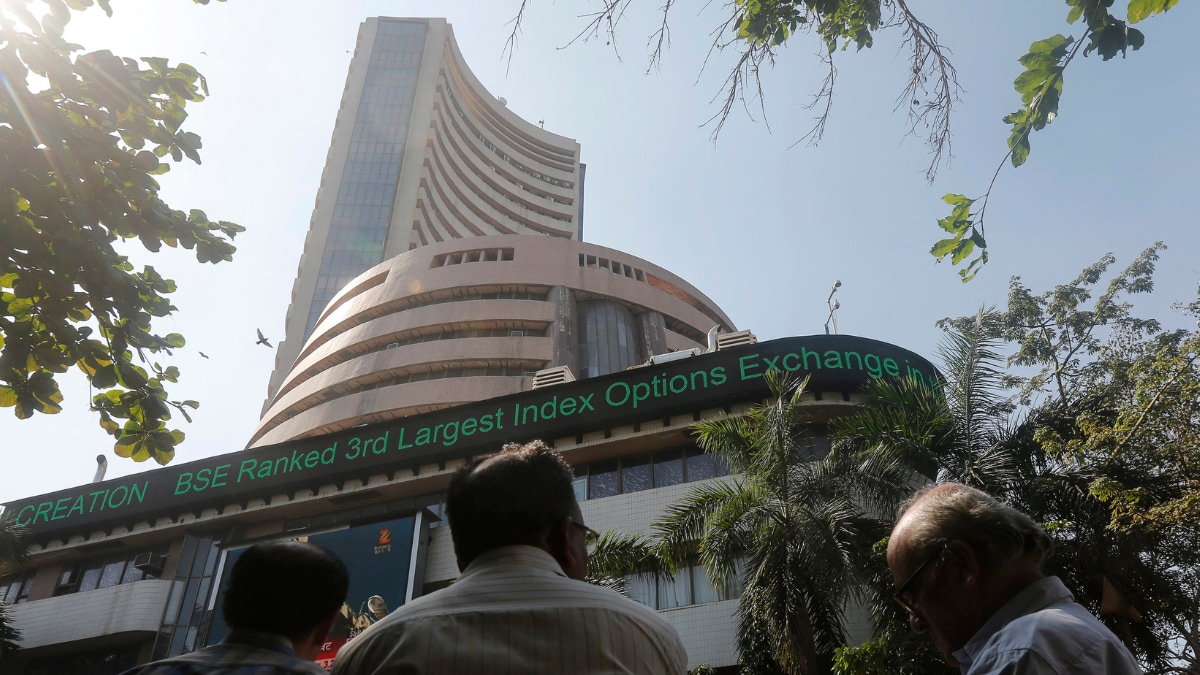The Indian benchmark indices, BSE Sensex, and Nifty 50, started their trading day on a positive note on Friday. This surge was driven by the strong Q2 GDP numbers released overnight from the US, boosting investor sentiment. The US market performance also contributed to the optimism, with the Dow Jones Industrial Average hitting a new record high close. Meanwhile, the S&P 500 ended just below its July record close, while the Nasdaq Composite experienced a slight dip. The positive trend continued in the European markets, with the European stock market seeing a rise of 0.76 per cent after hitting a record high driven by technology shares.
Global Market Influences
The global market mood was positive, influenced by a combination of factors. The strong US GDP figures helped alleviate recessionary fears, reassuring investors. Asia-Pacific markets followed suit, buoyed by the positive US economic data.
Japan’s Inflationary Concerns
In Japan, the capital city of Tokyo recorded a significant inflation rate rise to 2.6 per cent, reaching its highest level since March. This rise was driven by the core inflation rate, which excludes fresh food prices, climbing to 2.4 per cent, exceeding expectations. This news led to fluctuations in Japanese markets, with the Nikkei 225 rising marginally and the Topix gaining 0.23 per cent.
Asia-Pacific Market Performance
Other Asia-Pacific markets also saw gains. South Korea’s Kospi climbed by 0.55 per cent, while the small-cap Kosdaq experienced a 0.74 per cent increase. Australia’s S&P/ASX 200 also rose by 0.46 per cent. However, Hong Kong’s Hang Seng index futures showed a slight dip, falling below the HSI’s last close.
Sensex and Nifty 50 Open Strong
The positive sentiment in global markets spilled over into the Indian market, driving both the BSE Sensex and Nifty 50 higher at the start of trading. The encouraging US GDP figures coupled with the positive performance of global markets fueled a positive outlook for investors, leading to an increase in buying activity.
Factors Contributing to Market Optimism
Several factors contributed to the overall positive market mood:
- Strong US Q2 GDP numbers: The US economy grew at a healthy pace in the second quarter, reinforcing a strong economy and easing recession concerns. This bolstered investor confidence and fuelled optimism in global markets, impacting the Indian market positively.
- Record High Dow Jones Industrial Average: The Dow reaching a fresh record high is a significant indication of strong market sentiment in the US, further contributing to the global positivity and influencing investor behavior in other markets like India.
- Technology Sector Gains: The rise in European markets driven by technology shares added to the overall bullish trend, showing robust sector performance.
Market Outlook
While the current market sentiment is positive, influenced by the strong global performance, it is important to note that several factors can impact the markets in the future.
- Inflationary pressures: The rise in inflation in Japan highlights the persistent inflationary concerns globally. The impact of inflation on economies and business performances can influence market trends.
- Geopolitical uncertainty: The global geopolitical situation remains volatile, with potential disruptions like conflicts or trade disputes. Such events could impact global markets, leading to fluctuations in investor sentiment.
- Interest rate hikes: Central banks around the world, including the US Federal Reserve, are raising interest rates to combat inflation. The pace and impact of these hikes can influence investor behavior and stock market performance.
Takeaways
The positive opening of the Indian markets was driven by the strong performance of global markets, particularly the US economy’s healthy Q2 GDP figures and the record high Dow Jones Industrial Average. The overall positive sentiment, fueled by strong global cues, helped to push the BSE Sensex and Nifty 50 higher at the start of trading. However, investors need to remain vigilant and consider factors such as inflationary pressures, geopolitical uncertainties, and potential interest rate hikes that could impact market trends.









